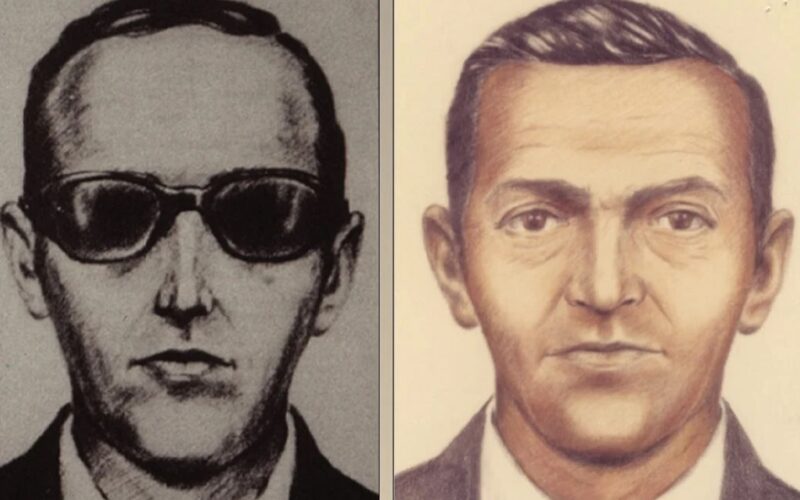Before the 1970s, airport screening was very rarely heard of. In fact, it was only in response to a hijacking on Southern Airways Flight 49 in November 1972 that the Federal Aviation Administration (FAA) demanded that airport security should be strengthened.
According to Brendan Koerner, the writer of ‘The Skies Belong to Us: Love and Terror in the Golden Age of Hijacking’, the requirement for all airline passengers to be screened only came about on January 5, 1973.
In the four years leading up to that date, the United States witnessed over 130 hijackings, with demands to be taken to communist Cuba among the most common reasons behind the terrorist attack.
The introduction of screening ended the ‘golden age of hijacking’ and 305 global hijackings between 1968 and 1972 were reduced to around 20 – 40 per year, according to Our World in Data.
Unfortunately, security initiatives did not prevent plane hijacking completely. Through the 1970s, 1980s and 1990s, some of the most barbaric events in aviation occurred.
It was only in the aftermath of the 9/11 terrorist attacks in the US that more stringent security rules, coupled with a rise in sophisticated technology, finally reduced aircraft hijacking to an extremely rare event.
Here, AeroTime looks back at five aircraft hijackings, from shocking acts of violence to a 52-year-old unsolved mystery.
Ford Tri-Motor – 21 February 1931
The first ever reported plane hijacking was on February 21, 1931, in Arequipa, Peru, when US citizen Byron Rickards was flying a Ford Tri-motor from Lima.
According to historical sources, when Rickards landed his aircraft, he was surrounded by armed revolutionaries.
Rickards was taken hostage, and the armed men demanded that he fly them wherever they wanted. However, he refused, and a standoff ensued for 10 days.
On March 2, 1931, the aggressors informed Rickards of their revolutionary victory and released him. The sole condition was that he take one of the captors with him.
Astonishingly, 30 years later Byron Rickards was the victim of yet another plane hijacking, this time in El Paso, Texas.
Gunmen Leon Bearden and his son Cody tried to force Rickards to fly a Continental Airlines Boeing 707 to Cuba in the hope that the communist leader Fido Castro would reward them with money.
As the Boeing 707 made its way down the runway, though, FBI agents and police officers shot out the tires, forcing the jet to stop and leaving the father and son team to face jail time.
Northwest Orient Airlines Flight 305 – November 24, 1971
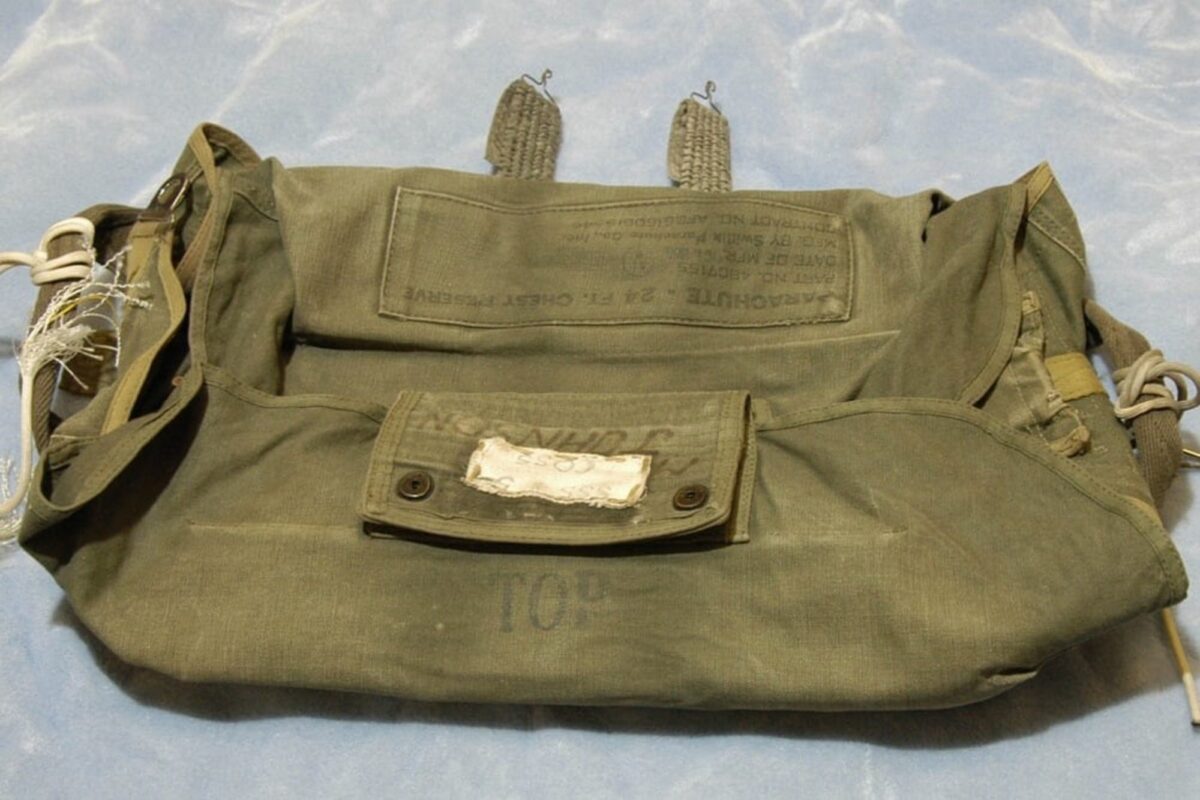
Mystery still surrounds the whereabouts of plane hijacker D.B. Cooper, who made his escape from Northwest Orient Airlines Flight 305 with a parachute and $200,000 ransom over 50 years ago.
According to the FBI, which is no longer actively investigating the case, on November 24, 1971, a man who referred to himself as Dan Cooper purchased a one-way ticket with cash from the Northwest Orient Airlines counter in Portland for a flight to Seattle.
Cooper, who was described as a quiet man, boarded the Boeing 727 aircraft dressed in a smart suit and once seated he ordered a bourbon and soda, perhaps to steady his nerves.
Around 10 minutes into the flight at 15:00, Cooper handed a flight attendant a note revealing that he had a bomb in his briefcase and that she should sit with him.
Opening his briefcase, Cooper showed the flight attendant what appeared to be a mass of wires and red colored sticks.
Cooper asked her to write down his demands – he wanted four parachutes and $200,000 in twenty-dollar bills – and then deliver the note to the captain, William A. Scott.
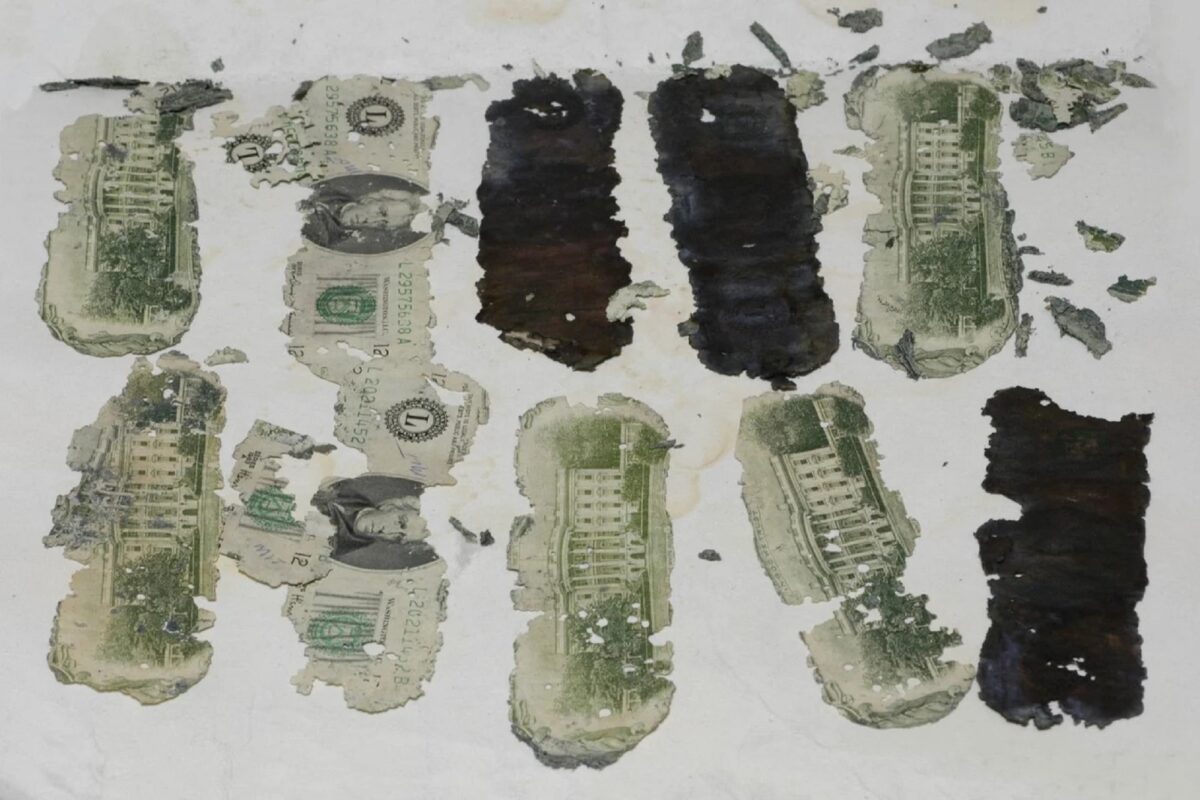
Once the flight landed in Seattle, 36 passengers were exchanged for ransom money and four parachutes. Then, with just a handful of crew members, the aircraft took off again.
A course was set for Mexico City, but somewhere between Seattle and Reno, shortly after 20:00 with his parachute attached and the ransom money in hand, Cooper leapt from the plane into the darkness.
The aircraft landed safely, and a manhunt was launched to find Cooper in the following days, but to no avail.
In 2019, the FBI announced that with all investigative avenues exhausted, it had no choice but to suspend the case. However, it promised that if any specific physical evidence were to emerge related specifically to the parachutes or the money, then further investigations would be undertaken.
TWA Flight 847 – June 14, 1985
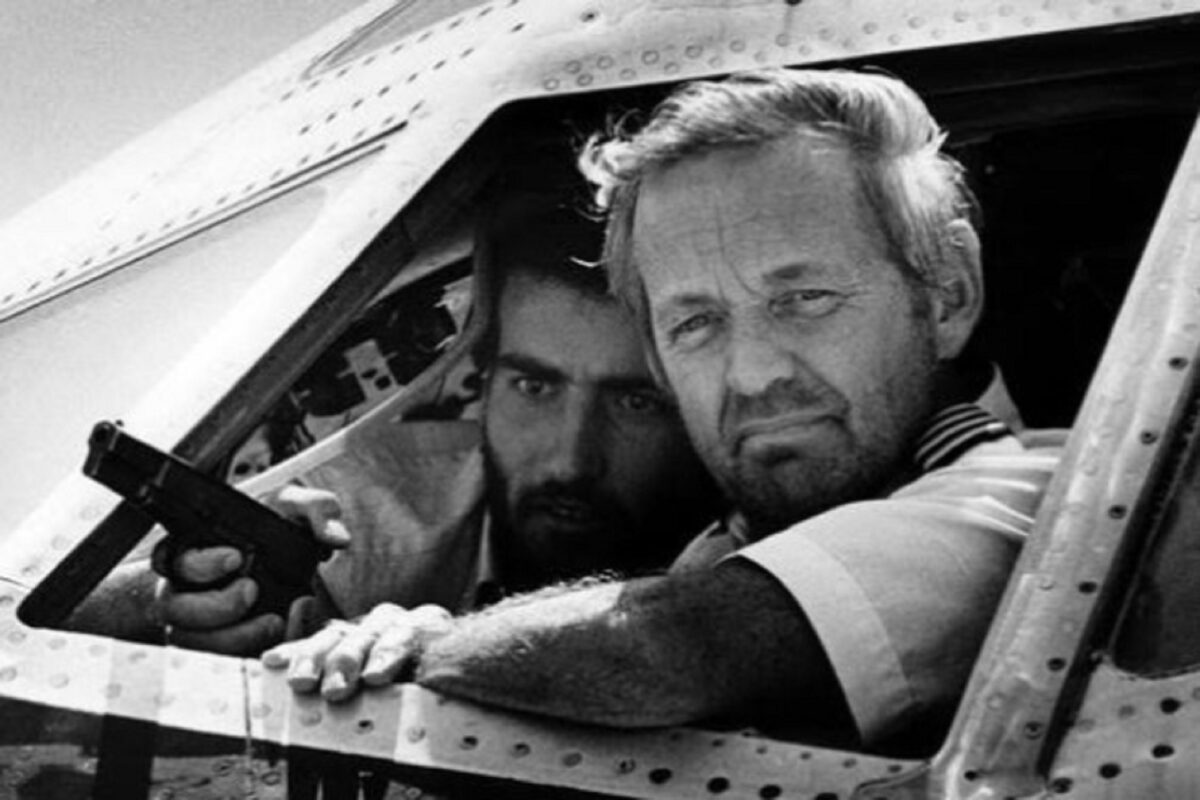
Mohammed Ali Hamadei, plus an accomplice carrying grenades and pistols, hijacked TWA Flight 847 while flying from Athens to Rome on June 14, 1985. The Boeing 727–231 was scheduled to eventually fly on to San Diego International Airport (SAN).
TWA Flight 847 was first diverted to Beirut, the capital of Lebanon, where some passengers were exchanged for fuel, after the plane was initially denied permission to land at the airport.
The same day, the aircraft was flown to Algiers in Morocco where more passengers were released, before flying back to Beirut later in the night.
On June 15, 1985, during the second stop off in Beirut, a 23-year-old US Navy diver called Robert Stethem was dragged to the plane’s open door and executed with a gunshot to the head. His body was thrown down onto the tarmac below.
According to the FBI, the Boeing 727 spent 17 days crisscrossing the Mediterranean Sea between Algiers and Beirut where passengers were tied up, beaten and threatened with death.
One of the terrorists’ demands was the freeing of hundreds of Lebanese people from Israeli prisons, plus the release of the ‘Kuwait 17’ involved in the 1983 bombings of the US Embassy in Kuwait.
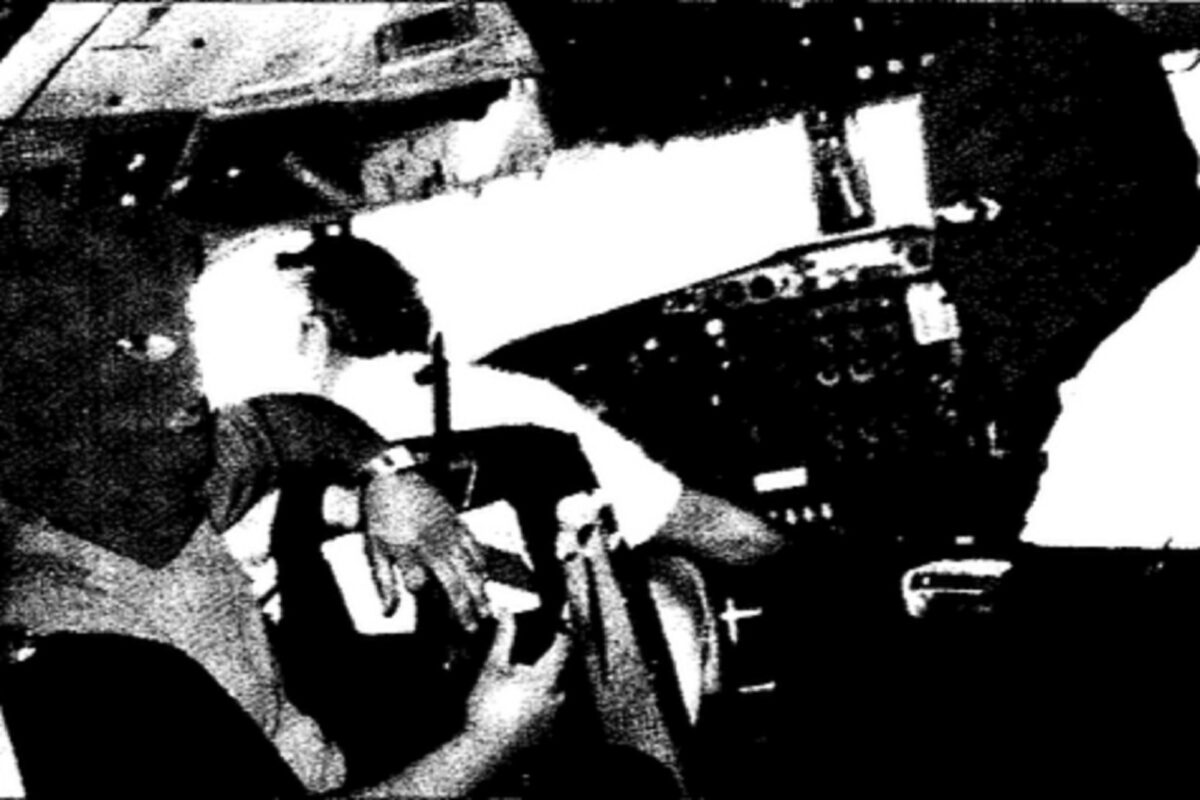
The remaining hostages were taken off the plane on June 17, 1985. They were then held in Beirut until being released on June 30, 1985, and eventually flown back to the US.
On January 13, 1987, Hamadei was arrested at Frankfurt Airport (FAR) while carrying explosives in his luggage.
Choosing not to extradite Hamade to the US, the Federal Republic of Germany instead decided to prosecute him. On May 17, 1989, he was convicted of murder, hostage taking, assault and hijacking.
Though sentenced to life in prison, Hamadei was released on December 15, 2005, and returned to Lebanon the next day. There was speculation that Hamadei was released as part of a prisoner swap for a German citizen.
Hamadei and two of his collaborators, Hasan Izz-Al-Din and Ali Atwa, are still considered “at large” by the US government.
A reward of $5 million each is still on offer for information leading to the arrest and conviction of Hamadei and his accomplices.
EgyptAir Flight 648 – November 23, 1985
On November 23, 1985, passengers and crew on a flight from Athens to Cairo would become the center of one of the bloodiest plane hijackings in aviation history.
Shortly after departing Athens International Airport (ATH), three men armed with guns and grenades took control of the Boeing 737-200.
Omar Mohammed Ali Rezaq, Nar Al-Din Bou Said and Salem Chakore separated the passengers, singling out those who were Israeli and American to sit towards the front.
At one stage during the flight, a sky marshal opened fire and shot and killed Chakore, the gang’s ringleader, before being hit himself and then presumed dead as he lay on the floor.
Bullets from the terrorists’ guns pierced the fuselage, causing a loss of compression and eventually leading to the aircraft being forced to land in Malta.
#OTD in 1985: EgyptAir Flight 648, a Boeing 737 on a flight from Greece to Athens, is hijacked by Palestinian militants. Egyptian Special Forces storm the plane after it lands on the island of Malta. The incident kills 58 out of 90 passengers and all but one of the hijackers. pic.twitter.com/WKqQQtKgrq
— Air Safety #OTD by Francisco Cunha (@OnDisasters) November 22, 2020
At the airport, the hijacked aircraft was surrounded by Maltese security forces while negotiations began with Ali Rezaq, who had taken control following Chakore’s death.
As part of negotiations over 30 females were released, and a doctor was allowed to board the aircraft to check on Chakore and the sky marshal, who had in fact survived.
The situation then began to spiral out of control. Ali Rezaq shot an Israeli female passenger called Tamar Artzi. Thinking Artzi was dead, he threw her body down the aircraft’s stairs and told the Maltese authorities that he would kill someone every fifteen minutes until the plane was refueled.
Keeping to his word, another female Israeli, Nitzan Mendelson, was shot soon after and died in hospital days later, while an American man called Patrick Scott Baker was shot, though he ultimately survived his injuries.
Another US citizen named Scarlett Robenkamp was shot dead on the plane. A third American known as Jackie Nink Pflug was shot in the head on the second day and thrown from the plane, but somehow survived, despite having a bullet lodged in her brain.
As the situation deteriorated, the Maltese government allowed an Egyptian special forces team to initiate a hostage rescue mission. On November 25, 2024, the operation began.
Using explosives, the special forces team blasted open the aircraft doors, but this caused the cabin to be engulfed in toxic flames from melting plastics
As a result, 54 people were caught in the toxic fumes, while others were caught in the gunfire trying to escape and killed.
Of the terrorists, only Ali Rezaq survived, and was transported to a hospital while pretending to be a passenger for serious injuries.
Ali Rezaq was eventually caught in the hospital and subsequently sentenced to 25 years in prison. However, he was later released after serving under a third of his jail time.
In October 1996, Ali Rezaq was sentenced to life imprisonment in the US after he was extradited from Nigeria. He remains behind bars today.
The Maltese government and the special forces team were both criticized for their handling of the hijacking.
In total, 56 people out of 86 passengers were killed, plus two of the six crew members and two hijackers.
Until the 9/11 terrorist attacks in the US, the incident remained the deadliest hijacking in history.
Ethiopian Airlines Flight 961 – November 23, 1996
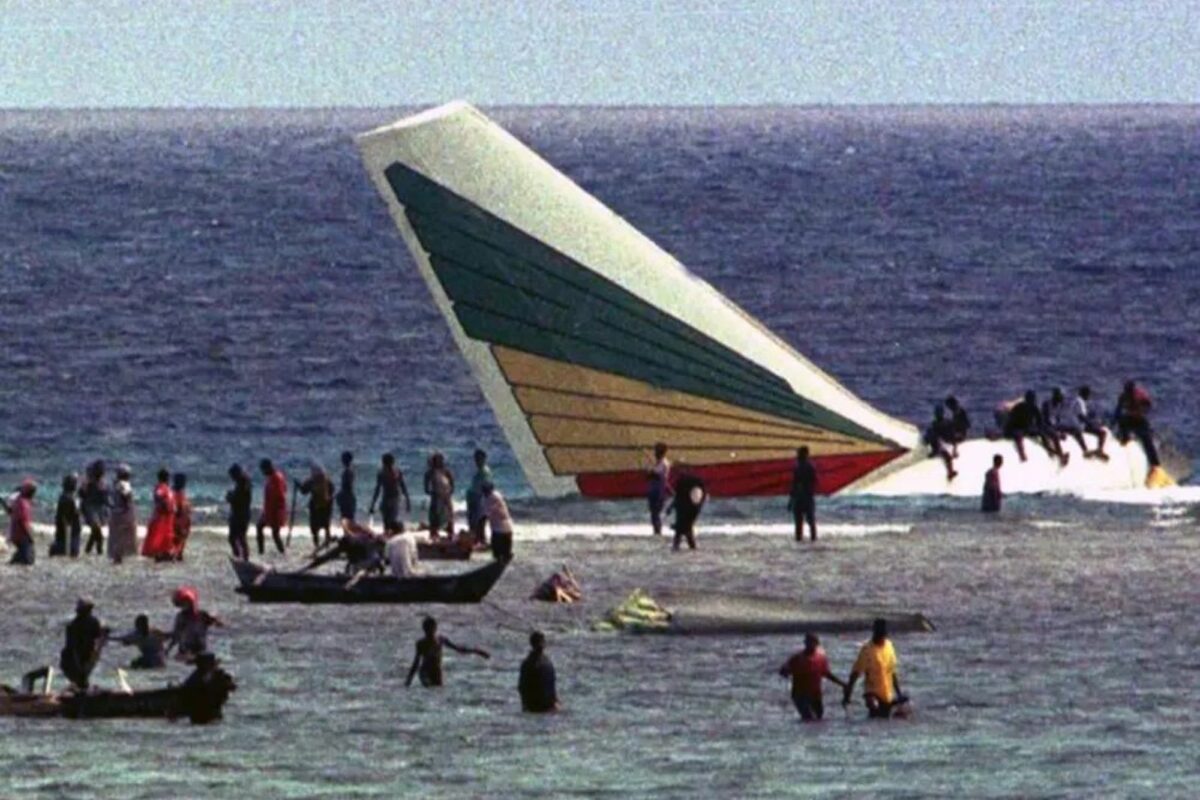
Ethiopian Airlines Flight 961 took off from Addis Ababa, the capital of Ethiopia, on November 23, 1996, with 163 passengers and 12 crew members on board.
Ethiopian Airlines Boeing 767-260ER was due to fly to Côte d’Ivoire with stop offs in Kenya, Republic of Congo, and Nigeria. However, that all changed when, around 20 minutes into the flight, three men stormed the aircraft cockpit shouting that they had a bomb.
After beating the first pilot, the hijackers demanded to be flown to Australia, but Captain Leul Abate told them that there was not enough fuel on board and a stop would be needed to acquire more.
However, the hijackers ignored Captain Abate’s advice and insisted that the flight was possible.
According to the Ethiopian Civil Aviation Authority Flight Safety Department, during a conversation with the Nairobi Area Control Centre (NACC) a representative told the hijackers: “I am advising you that with two hours fuel you will be unable to teach your destination […] probably you will ditch in the ocean, the best situation is for you to land in Mombasa […] and pick some more fuel.”
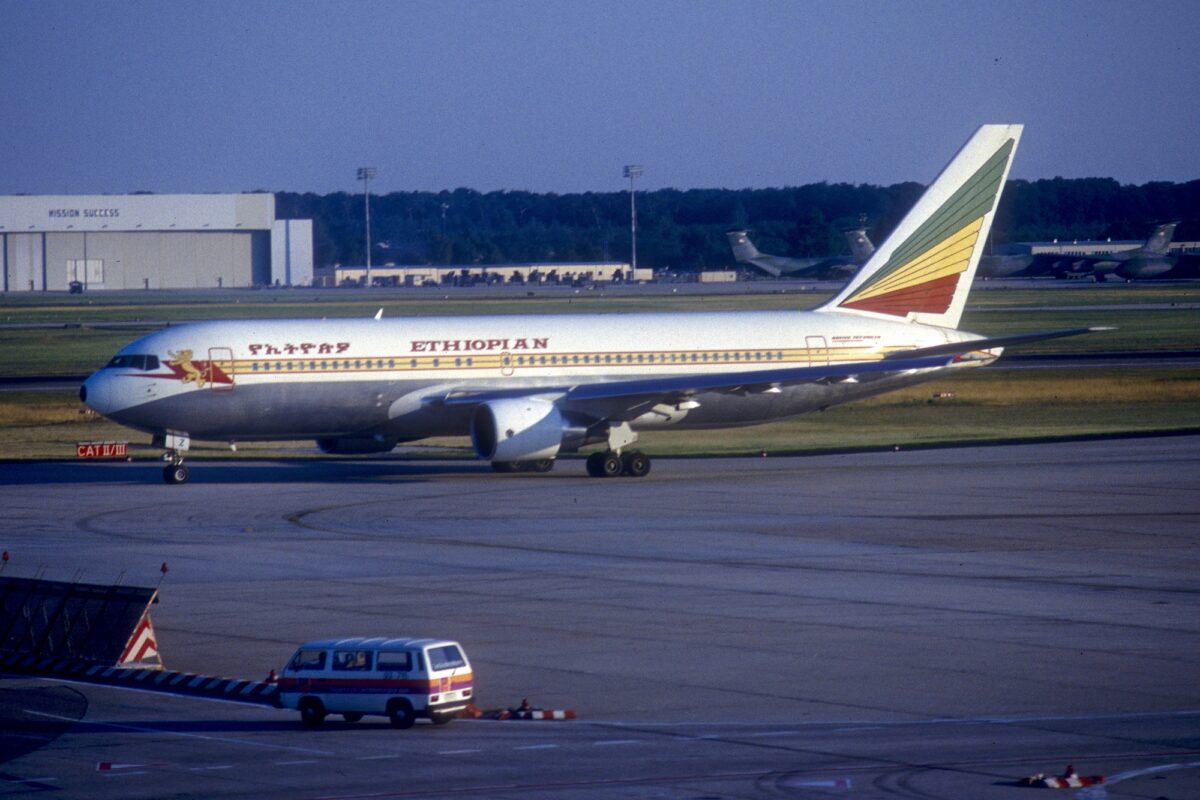
The calls to land continued to be ignored as the aircraft flew towards Zanzibar and further along the southeast coast of Africa.
When the low fuel warning came on, Captain Abate pleaded with the hijackers to be allowed to land and refuel.
As the situation became perilous, Captain Abate told the passengers via the address system that the aircraft had run out of fuel, one engine had been lost and he believed the plane would crash-land.
To make matters worse, sitting in the First Officer’s seat, the leader of the hijackers interfered with the aircraft controls, causing the autopilot to disconnect and the Boeing 767 to behave erratically.
The passengers began to prepare for a crash landing with life jackets on. Only two minutes away from impact, the first officer demanded to help the captain and returned to the cockpit.
In 1996, Ethiopian Airlines Flight 961 was hijacked by three men. The plane crash-landed, and 125 of the 175 passengers perished, along with the three men who took control of the aircraft. pic.twitter.com/yPYL4BGfbz
— Fascinating (@fasc1nate) March 26, 2024
According to the Ethiopian Civil Aviation Authority Flight Safety Department, the aircraft turned to “parallel the waves” but the left wing brushed the water before momentarily holding straight.
As the aircraft impacted with the water, it broke into four pieces and the jet was destroyed.
In a report into the tragedy, the flight recorder heard Captain Abate ask the passengers to “react to the hijackers” which was interpreted by investigators as a plea to overpower the hijackers.
Captain Abate had most probably realized that there was no real bomb on board, but it seems that neither the crew nor passengers understood his message.
The report concluded that the cause of the accident was “unlawful interference by the hijackers which resulted in loss of engine thrust due to fuel exhaustion”.
In total, 119 passengers and six crew members perished in the accident, while four people walked away without any injuries at all.
Captain Abate and the First Officer were among the survivors. The Ethiopian hijackers, Alemayehu Bekeli Belayneh, Mathias Solomon Belay and Sultan Ali Hussein, all died in the crash.

